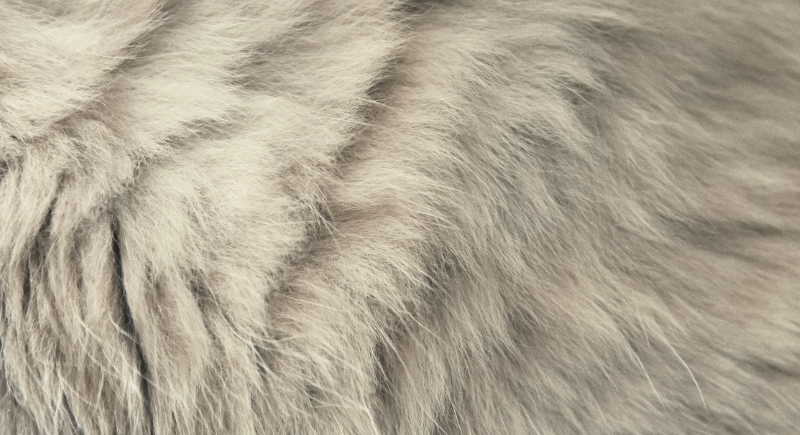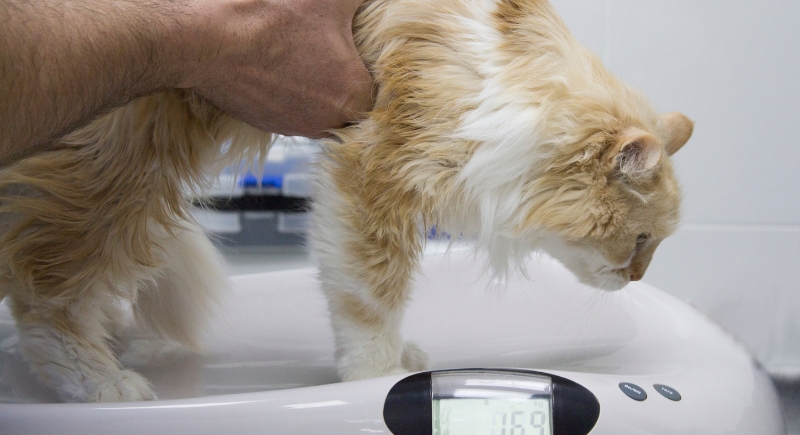Myth or Fact: Cats With ‘Garlic Clove Hair’ Are Well-Loved
Cat owners are known for noticing the tiniest details about their pets, from the way they twitch their tails to the shine of their fur. Lately, a new phrase has popped up on social media that has people staring a little harder at their cats’ coats: “garlic clove hair.” It might sound something out of the kitchen rather than something you’d associate with a pet, but it’s become a popular way to describe a certain layered look in feline fur.
The term comes from the fur trade, where “garlic velvet” described the thick, layered undercoat of mink or fox. The stacked look resembled peeled garlic cloves. Cat owners later used it for coats that appear plush and scalloped—sometimes called a “thousand-layer pancake.” You’ll rarely see it in strays, since their coats are often dry or tangled from poor diets and lack of grooming.
Garlic Clove Hair’s Bright and Not-So-Great Side

Image via Getty Images/issalina
Garlic clove hair can be linked to solid nutrition. To grow the kind of thick undercoat that separates into layers, cats need protein-rich food, vitamins, and fatty acids. Owners who provide balanced diets and maintain grooming routines are more likely to notice fuller, healthier coats. Some people compare petting a cat with this fur to touching a cotton ball with an extra springy texture.
The same layered look that makes a coat seem plush can also point to weight gain. As fat builds under the skin, it stretches and pushes the fur into folds, which some call “cat stretch marks.” Because the layers don’t wash away, it’s a sign the cause is beneath the skin, not on the surface. Added weight can bring trouble: cats may struggle to jump, tire quickly, and face risks like diabetes or arthritis.
Keeping It Balanced
Maintaining coat health while preventing obesity is possible with a little structure. Feeding should follow the formula for daily energy needs: calories per day = (body weight in kilograms × 30) + 70. A 4-kilogram (about 8.8 pounds) cat, therefore, requires around 190 kilocalories per day, though the actual food weight in grams depends on the calorie density of the chosen food.
Diets with more than 36% protein and added fish oil can keep coats strong without piling on excess fat. Encouraging play is also essential. A climbing frame at least 50 centimeters (1.6 feet) high or food puzzle toys that require scratching and batting help burn calories. Regular grooming supports circulation and prevents matting, even compensating for older cats who may not clean themselves as thoroughly.
So, Myth or Fact?

Image via Getty Images/Gemalbarra
The answer is both. Garlic clove hair can indicate a cat is well-nourished, but it can also be a warning sign that weight is creeping up. It is not exclusive to purebred cats, and it isn’t always caused by dirt or grease. Instead, it is part nutrition and part grooming or body condition.
The layered look alone is not enough to judge a cat’s overall health, but paired with other signs like sagging bellies or reduced mobility, it becomes a helpful clue. Owners should focus less on chasing this appearance, though, and more on feeding their pets nutritious food and encouraging play to keep an eye on weight. That way, the fur tells a story of balance rather than excess.